Garlic chives (Allium tuberosum) are delicious and simple to grow. They have a delicate garlic taste and are easy to apply to soups, salads, and stir-fry. Sowing from seeds is easy and rewarding.
| Number of seeds | 25-30 seeds |
|---|---|
| sowing month | Feb to Oct |
| Blooming month | April to Dec |
| Temperature | Day time above 25C |
| Sun | Full sun |
Garlic Chives Seeds to Plant
Begin with good-quality garlic chive seeds. They need to be located in gardening shops and on the internet. Make sure seeds are fresh to guarantee the seed germinates well.
When to Plant
Garlic chives prefer planting in spring and early summer. To grow indoors, plant seeds 6-8 weeks before the last frost date. Outdoors, plant when frost risk is over.
Soil Preparation
Garlic chives will thrive in well-draining, organically rich soil. Till and incorporate compost or aged manure. The soil should be lightly acidic to neutral, 6.0 to 7.0 pH.
Sowing the Seeds
- Plant ¼ inch deep and 1 inch apart in rows or containers.
- Water lightly and cover with soil gently.
- When grown in a container, plant in well-draining potting mix and a perforated drainage pot.
Watering and Care
- Water the soil frequently but not wet. Water when dry, especially in hot weather. Mature plants are resistant to drought but prefer frequent watering.
Light and Temperature
- Garlic chives love full sun but will tolerate a little shade. They like temperatures between 60-80°F (15-27°C). The new seedlings must be protected from direct heat.
Germination
- Seeds take 7-14 days to germinate. Thin seedlings to 6 inches when they are about a few inches tall to promote healthy growth.
Fertilizing
- Use a balanced fertilizer on plants once a month. Compost or fish emulsion can also be used.
Harvesting
- Finally Garlic chives take 60 days to mature. Cut leaves 1-2 inches above the ground using scissors. Regular cutting promotes new growth.
Pests and Diseases
Garlic chives are immune to most pests, but aphids or onion thrips can occur occasionally. Destroy the pests by spraying with insecticidal soap or a powerful water spray. Don’t overwater, or fungal diseases will ensue.
Overwintering
Garlic chives will winterkill when it’s cold but will grow back in the spring. Mulch to insulate the roots from freezing weather.
Propagation
In addition to seed, garlic chives can be parted every few years to produce new plants. Carefully dig up the clump, split, and re-plant.
Garlic chives add a bright zing to dishes. They dry or freeze easily for storage. also The flowers are also edible and make a pleasant garnish.
are simple to propagate from seed and are well worth it. Given proper care, they will continue to produce fresh greens year after year. Happy gardening!
| Color | Green |
|---|---|
| Germination Level | Easy |
| Growth Pattern | Up right Straight |
| Hybrid or Open Pollinated | Op |
| Origin Country | India |
| Ideal location | Full sun |
Be the first to review “Garlic Chives seeds Pack of 25-30 seeds” Cancel reply
You must be logged in to post a review.


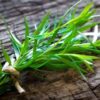


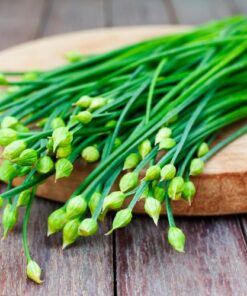
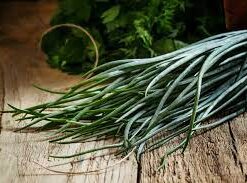
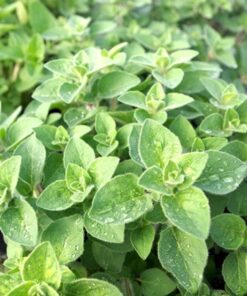

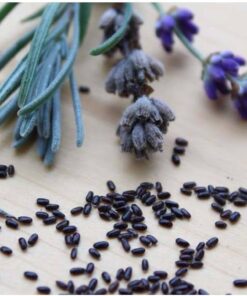
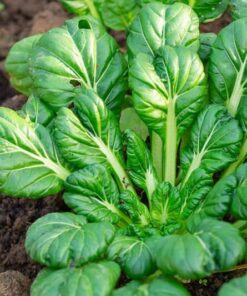
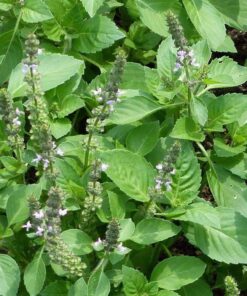
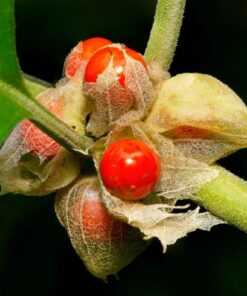
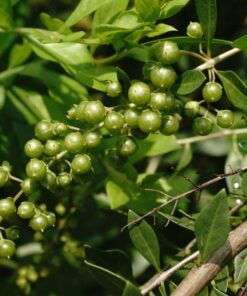
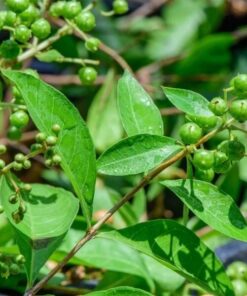
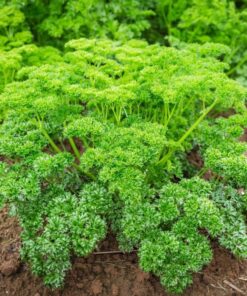

Reviews
There are no reviews yet.